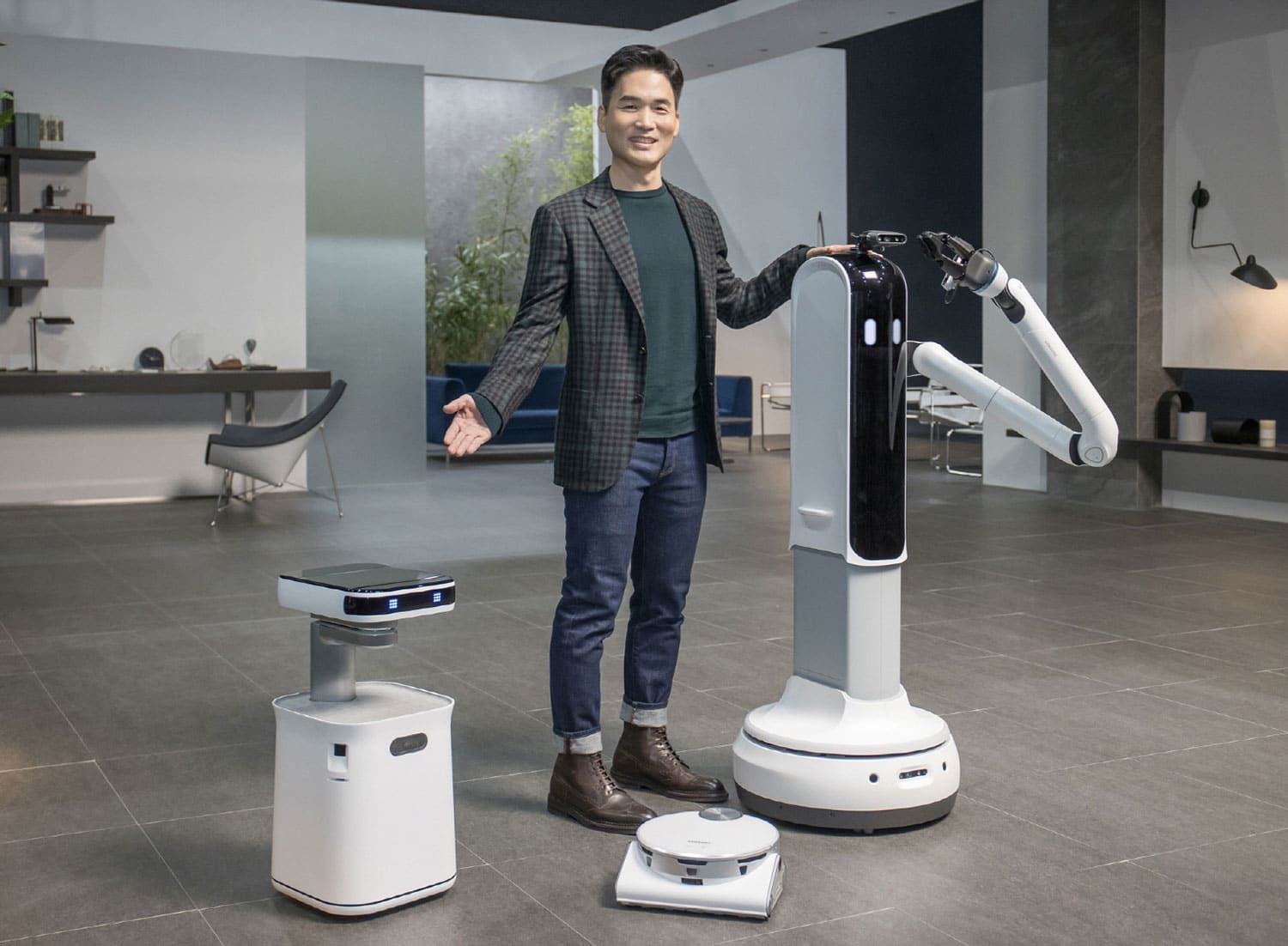In the age of rapidly advancing technology, the concept of robotic assistants in our homes is becoming increasingly intriguing. With the advent of artificial intelligence (AI) and machine learning, the idea of having a robotic helper to assist with household chores and daily tasks no longer seems like pure fiction. But are these robotic assistants merely a futuristic concept or a soon-to-be reality?
Benefits of Robotic Assistants
There are numerous potential benefits to having robotic assistants at home. One major advantage is the potential for increased efficiency and productivity. These robots can perform repetitive tasks in a consistent and precise manner, saving us valuable time and energy.
Furthermore, robotic assistants can enhance our overall quality of life. From assisting with cleaning and maintenance to providing companionship, these intelligent machines can alleviate the burden of mundane chores and offer valuable support.
Robotic assistants can also be of great help to the elderly or individuals with physical disabilities. They can provide essential aid in daily routines, helping to maintain independence and improve the overall well-being of those in need.
The Current State of Robotic Assistants
While the idea of having robotic helpers in our homes is captivating, the current technology is still in its early stages. Companies like Amazon with their Echo devices and Google with their smart home products have paved the way for voice-controlled assistants. However, these devices are limited to voice commands and offer only basic functionality.
There are also a few robotic vacuum cleaners and lawn mowers available on the market, but they are relatively simple in their capabilities and lack the intelligence required for more complex tasks.
The Roadmap Towards Advanced Robotic Assistants
As technology continues to advance, the potential for more advanced robotic assistants becomes increasingly feasible. The integration of AI and machine learning algorithms allows for the creation of robots capable of adapting and learning from their environment.
With improved sensors and perception capabilities, future robotic assistants could navigate and interact with their surroundings with greater efficiency and accuracy. They could learn to recognize objects, understand human emotion, and even anticipate our needs.
The Challenges Ahead
Despite the promising future, several challenges need to be overcome before robotic assistants become common in households around the world. One major obstacle is cost. Currently, advanced robotic systems are expensive and out of reach for most consumers.
Another challenge is the issue of trust. Many people are skeptical about allowing robots into their homes, fearing potential privacy breaches or loss of control. Addressing these concerns and ensuring robust security measures will be crucial in gaining widespread acceptance.
The Future of Robotic Assistants
While it may still seem like a concept from science fiction, the reality is that robotic assistants in our homes are approaching. With ongoing advancements in AI, machine learning, and robotics, it is only a matter of time before we see intelligent machines transforming our daily lives.
Imagine waking up to a robot brewing your coffee, performing household chores, and even engaging in stimulating conversations. The possibilities are endless.
Conclusion
Robotic assistants at home are indeed the future, not fiction. Although we are still some years away from fully functional humanoid robots walking around our houses, the ongoing progress in technology and the potential benefits they offer only solidify their inevitable presence in our lives. As the gap between fiction and reality diminishes, we can look forward to a future where robotic assistants coexist with us, making our lives easier and more enjoyable.

